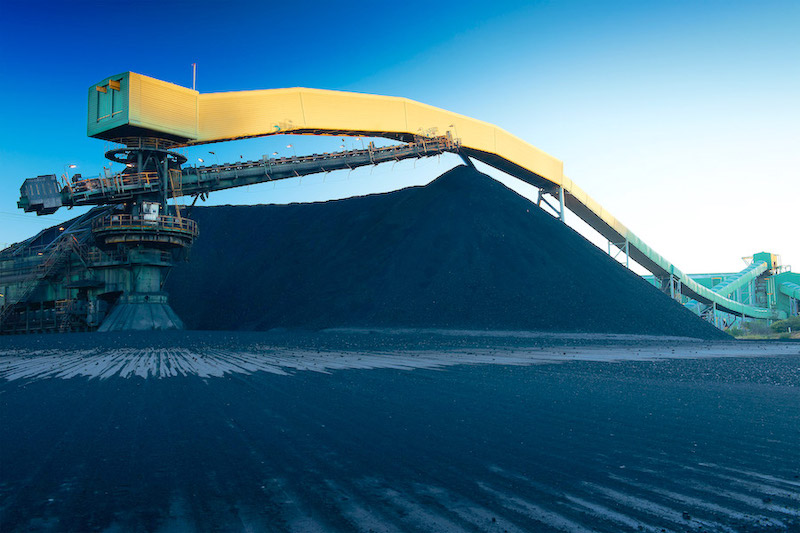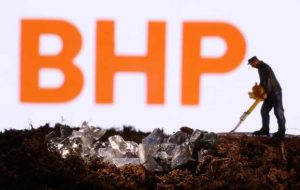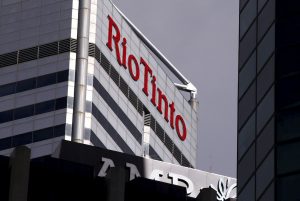BHP on Wednesday warned that its flagship Australian iron ore business faced headwinds due to next month’s proposed easing of border restrictions imposed to curb the coronavirus pandemic.
The warning came in a quarterly production report in which the miner cut guidance for its coking coal division, due to worker absenteeism caused by the Omicron variant.
“The proposed easing of Western Australia’s border restrictions … may introduce some short-term disruption to the operating environment as the Covid-19 pandemic evolves in the state,” BHP said.
Western Australia has maintained a hard line on border controls throughout the pandemic.
Low infection rates have allowed BHP, Rio Tinto and Fortescue Metals Group to keep running their mines at maximum output. However, it has also led to problems flying in skilled workers from eastern states because of travel restrictions.
Strong Finish to 2021
BHP’s iron ore business finished strongly in 2021, shipping at an annualised rate of 295m tonnes in the three months to December 31.
However, copper production is trending towards the low end of the guidance range, reflecting lower production at the Pampa Norte operations in Chile.
Metallurgical coal guidance has been reduced as a result of “significant wet weather impacts and Covid-19 related labour constraints,” it added.
BHP plans to this year divest its lower grade coal operations, such as through the Cerrejón sale to Glencore and an exit from BHP Mitsui Coal.
Later this week, BHP shareholders will vote on plans to collapse its dual-listed corporate structure in London and Australia and move its main stock market listing to Sydney. The proposal is likely to be approved, according to analysts.
Timeline Pushed Back
BHP’s review follows that of Rio Tinto, its Anglo-Australian rival, released on Tuesday.
Rio Tinto has pushed back the timeline for production from its new lithium mine in Serbia until 2027 because of slow progress in obtaining licences.
The miner said it had been forced to revise the development timelines for the Jadar mine because of delays securing a prerequisite to publish the environmental impact assessment.
“We fully understand the concerns among some Serbian stakeholders about environmental impacts and we will continue to engage to demonstrate the project has developed mitigation solutions,” the company said.
Rio also said it was rebuilding relations with traditional landowners in Western Australia following the company’s destruction of a 46,000-year-old sacred Aboriginal heritage site in 2020.
- George Russell
Read more:
Rio Tinto Taps Canadian China Envoy To Be Next Chair – The Age
Baosteel conducts first yuan deal with Rio Tinto
Australian Labour Tribunal Overturns BHP Jab Mandate























